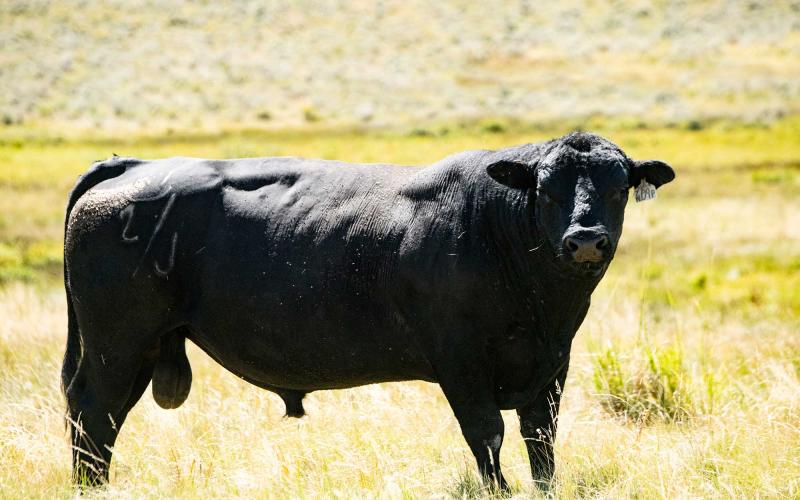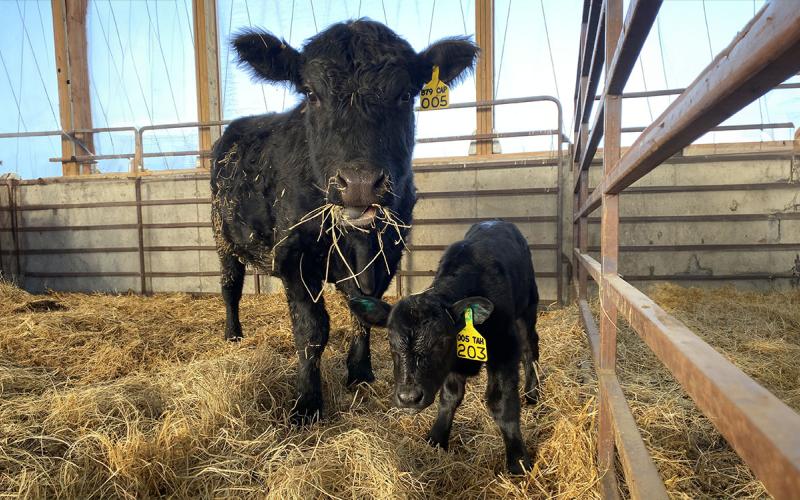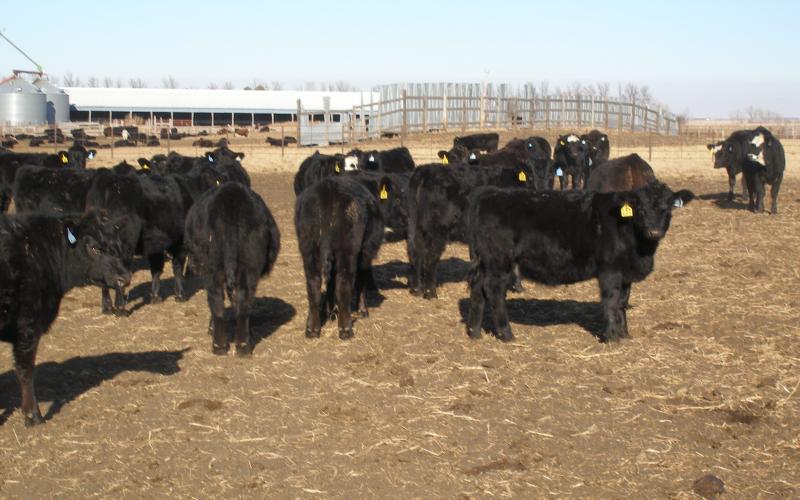
Written with contributions by Olivia Amundson, former SDSU Extension Cow/Calf Field Specialist.
Regardless of the cattle markets, the ability to retain cows in the herd is critical while creating a uniform calf crop. Based on 2,195 head, Dr. Mousel found that the average age of a commercial cow herd in South Dakota was 3.9 years of age. If the heifer was born in the first 21 days, she stayed in the herd 5.1 years. This data should raise red flags to the producer. The number of calves a cow must produce before she starts making money for an operation is a moving target depending on input costs; however, what we do know is that it is more than four calves regardless of the operation. The question is how can we help retain the cowherd without a lot of additional expense and labor?
Estrous synchronization is a common tool to use with artificial insemination. However, it is less commonly used with natural service, but it is an effective way to group cows and heifers, creating a more-uniform calf crop. Research conducted at sale barns in South Dakota, North Dakota and Montana indicated that lot size was a factor influencing calf prices. Creating a uniform calf crop will reduce sorting and smaller lot sizes, putting more money in the pocket. Additionally, when estrous synchronization is used, there is a 13-to-14 day advantage in age of calves resulting in 20-to-44 pound heavier calves at weaning. This could be an additional $43 per head for a feeder calf in the fall, based on an additional 30 pounds at $1.43/pound. There is an expense to this, however, at $3/dose for prostaglandin and labor for one time down the chute, you are still coming out ahead. It can also help jump start non-cycling females, if a progestin product, i.e. controlled-Internal drug release (CIDR) or melengestrol acetate (MGA), is used. However, synchronization is not a “magic bullet”, nutritional status of the female is one of the most-critical factors for reproductive success.
Bull-to-Cow Ratio
The use of estrous synchronization with natural service provides an opportunity to utilize the benefits of synchronization. However, the first question producers ask is, “How many more bulls do I need?” Since the protocols that are utilized in natural service allow for the females to come into heat over a longer period of time compared to AI, the answer to the question typically shocks producers. In the table below, the bull-to-cow ratio with the best economic return is one bull to 25 cows (Table 1).
|
|
||||
|---|---|---|---|---|
|
|
|
|
|
|
|
|
|
|||
| Number of bulls in pasture |
|
|
|
|
| Pregnancy rate (%) |
|
|
|
|
* Each pasture had 100 heifers with different number of bulls present to reach each respective stocking rate.
a,b Means within row lacking common superscript differ (P<0.05).
Adapted from Healy et al., 1993.
Bull Management
However, there are several considerations when determining bull power. Bull management is critical and the following should be considered before turning out bulls.
- A breeding soundness exam must be performed on all bulls.
- Only use bulls that are two-to-four years of age and are known breeders. Do not use yearling bulls. Breeding is a learned behavior. As bulls get older, they have fewer false mounts and higher pregnancy rates (Table 2) compared to younger bulls.
- A pecking order amongst the bulls must be established before the breeding season. Turning out a new bull can cause a reproductive wreck.
- The size of the pasture and topography will play an important factor.
- Rotating bulls in can help reduce the fatigue.
- Monitor activity of the bulls.
|
|
|||
|---|---|---|---|
| Yearling | 2 | 3+ | |
| Number of mounts | 207a | 120b | 85.8b |
| Number of services | 54.5 | 37.6 | 40.5 |
| Estrus females serviced (%) | 69.4 | 73.8 | 72.0 |
| Pregnancy rates of serviced females (%) | 39.6a | 59.4b | 62.2b |
| Overall pregnancy rate (%) | 30.9a | 41.5b | 49.9c |
a,b,c means within row lacking common superscript differ (P<0.05).
* Pregnancy rate after a five-day breeding season.
Adapated from Pexton et al., 1990.


